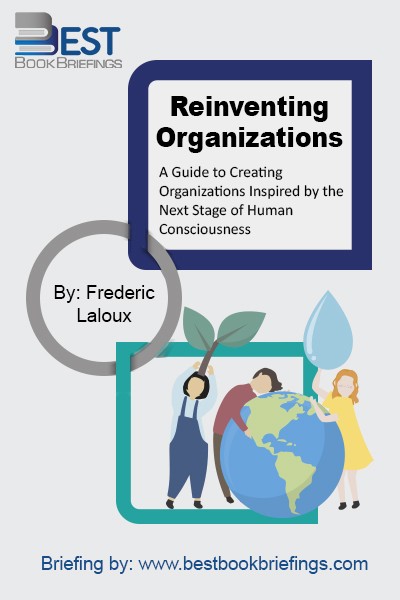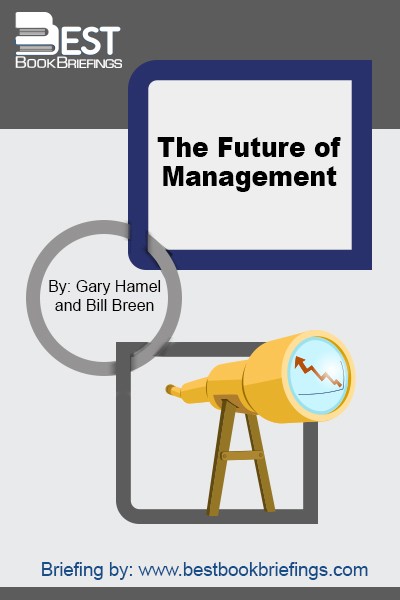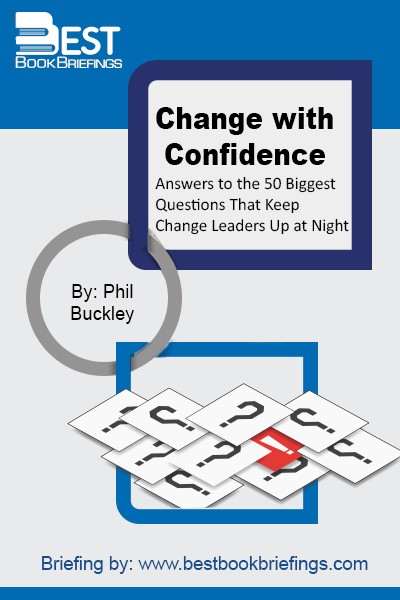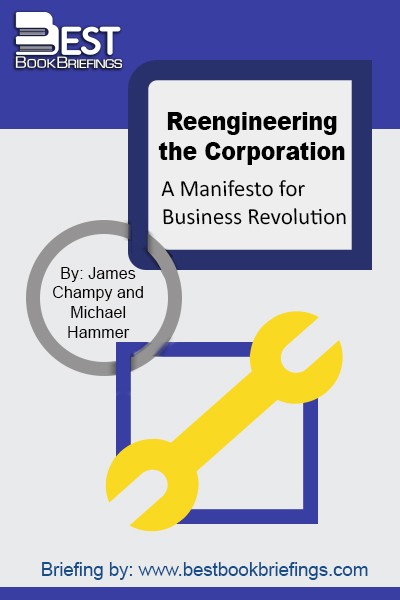Reengineering the Corporation
A Manifesto for Business Revolution
Editorial Review
When someone asks us for a quick definition of business reengineering, we say that it means starting over. It doesn't mean tinkering with what already exists or making incremental changes that leave basic structures intact. It isn't about making patchwork fixes—jury-rigging existing systems so that they work better. It does mean abandoning long-established procedures and looking afresh at the work required to create a company's product or service and deliver value to the customer. It means asking this question: If I were recreating this company today, given what I know and given current technology, what would it look like? Reengineering a company means tossing aside old systems and starting over. It involves going back to the beginning and inventing a better way of doing work.
Book Reviews
Books on Related Topics

The way we manage organizations seems increasingly out of date. Deep inside, we sense that more is possible. We long for soulful workplaces, for authenticity, community, passion, and purpose. In this groundbreaking book, the author shows that every time, in the past, when humanity has shifted to a new stage of

In The Future of Management, Gary Hamel argues that organizations need management innovation now more than ever. Why? The management paradigm of the last century—centered on control and efficiency—no longer suffices in a world where adaptability and creativity drive business success. To thrive in the future, companies must reinvent management.

If you have been charged with leading a change initiative, chances are you were chosen for the job—that is, you didn’t volunteer, but rather were tapped to lead or manage a large change project. You may have been given a short briefing and left to your own devices to succeed or

The multi-million bestseller Six Thinking Hats by Edward de Bono was first published in 1981. He is author of Lateral Thinking and I Am Right You Are Wrong and teaches you how to run better meetings and make better decisions. Dr de Bono has written more than 60 books, in 40



